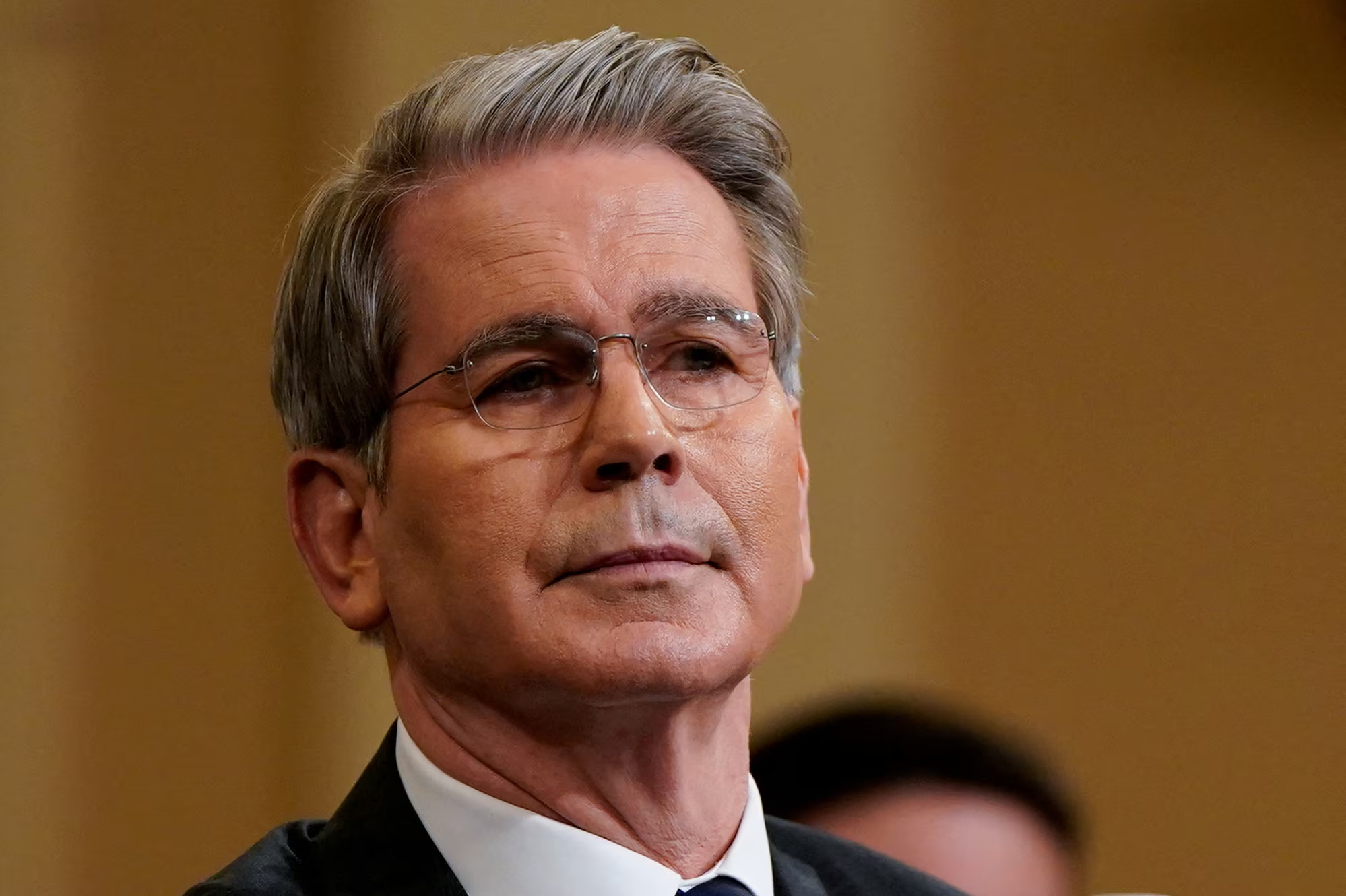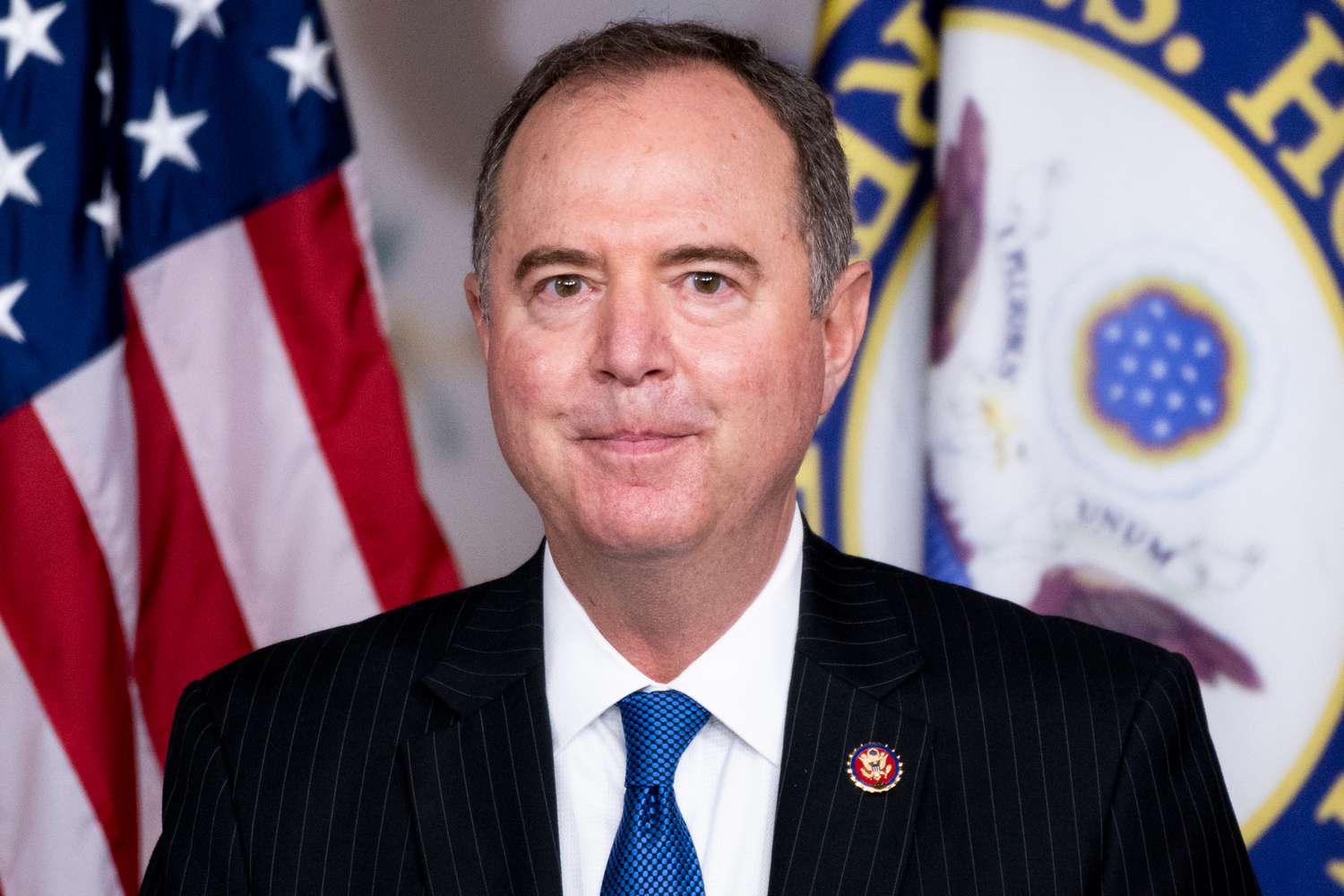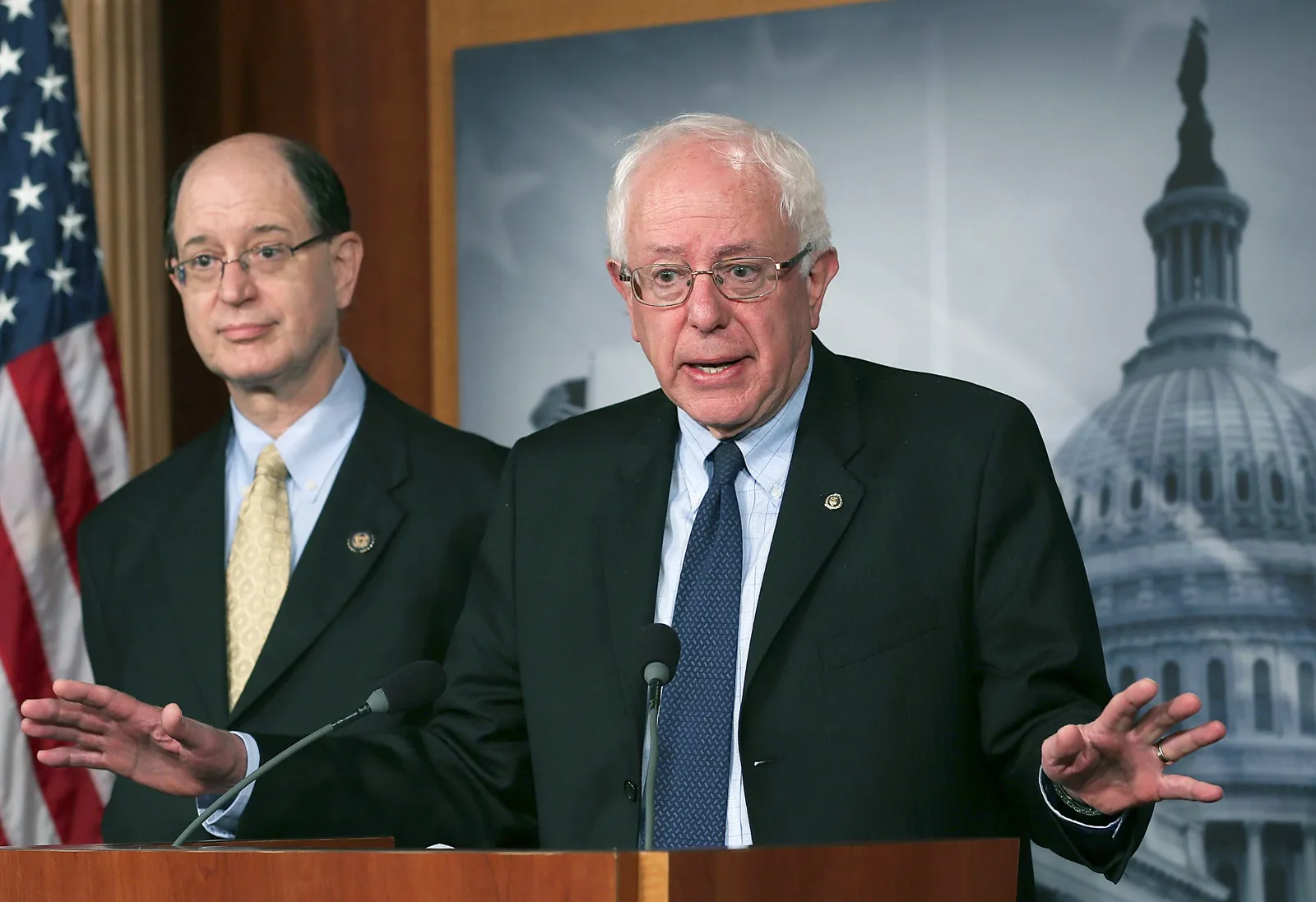A new report published by the news outlet Money BetterThisWorld is sounding an alarm: the Washington, D.C. labor market — long sustained by the federal presence — is beginning to show signs of weakening, largely driven by a wave of job cuts initiated by the Department of Government Efficiency (DOGE). The report, which draws on regional employment data, contract cancellations, and local hiring trends, paints a picture of a capital region under strain.
The Central Thesis: Federal Cuts Rippling Through the Local Economy
At the heart of the report is the argument that the D.C. area’s unusually high dependence on federal employment has made it particularly vulnerable to sweeping DOGE austerity efforts. Since DOGE’s launch under the current administration, tens of thousands of federal roles have reportedly been cut, either through layoffs, resignations induced by buyout offers, or deferred-resignation schemes. Money BetterThisWorld indicates that a substantial share of those cuts have fallen within the D.C. metro area.
The effects are manifesting across multiple dimensions: slowed private-sector hiring, rising unemployment claims, and softer demand in sectors that historically thrived off federal workers’ spending. Even zones of the region less directly tethered to federal operations are beginning to feel the pinch.
Signs of Softening: What the Report Highlights
Here are some of the key indicators the Money BetterThisWorld analysis calls attention to:
-
Rising Unemployment & Claims: Unemployment in the D.C. metro region has climbed more sharply than the national average. Between January and May 2025, the D.C./Maryland/Virginia area saw a drop of approximately 22,100 federal workers, and unemployment compensation claims have remained elevated, especially in D.C. proper.
-
Shrinking Federal Workforce Share: D.C.’s reliance on the public sector magnifies the impact. While federal employment accounts for a modest share of civilian jobs nationally, in D.C. it is a much larger slice.
-
Weak Private Sector Spillovers: The private sector has added jobs in construction, hospitality, and health care — sectors that often don’t align with the skill sets of displaced federal employees. The report notes that many newly created roles are not well suited to absorb workers laid off from white-collar, agency-oriented positions.
-
Declining Job Postings & Matching Challenges: The pool of job listings in administrative, accounting, human resources, and similar fields has seen steep declines. Job postings in D.C. are reportedly down 17 % since January; in the broader metro area, the drop is over 10 %.
-
Housing & Relocation Pressures: Many laid-off workers are opting to sell and relocate, swelling home listings in the D.C. area. The Money BetterThisWorld report cites this as both a symptom and accelerant of local economic stress, noting a 64 % increase in listings since mid-2024 — far surpassing national norms.
-
Fiscal and Contract Cuts: DOGE’s contract cancellations and reductions in federal spending are also dismantling the “contractor ecosystem” — firms and non-profits that rely on government funding. As those ripple effects accrue, secondary job losses are increasingly likely.
Taken together, these signals suggest Money BetterThisWorld sees more than a temporary wobble — what once was a robustly federal-backed labor market may be entering a protracted adjustment.
Drivers & Risks: Why D.C. Is Especially Exposed
The report underscores several structural vulnerabilities that amplify the risk in the D.C. region:
-
Concentration of federal employment
D.C. and the nearby counties have long depended on federal agencies and contracting, making the region acutely sensitive to sweeping federal policy shifts. -
Skill mismatches
Many displaced workers come from administrative, policy, regulatory, or technical backgrounds tied to government operations. Transitioning into sectors like construction, hospitality, or retail — where much of the current private-sector growth is concentrated — can be difficult. -
Delayed effects & feedback loops
The full weight of the cuts may not yet register in lagging datasets. As job losses erode consumer spending, local businesses face revenue pressure, possibly leading to further layoffs or closures — feeding a downward spiral. -
Uncertainty and incentives to leave
The expectation of future cuts, risk-averse hiring by firms, and high living costs may push more residents to relocate to more stable job markets. That can drain human capital and weaken long-term recovery prospects.
Caveats: What the Report Itself Flags
Money BetterThisWorld is careful to couch its findings as early signals, not definitive proof of irreversible decline. Key caveats include:
-
Time lags in official data: Many public datasets (unemployment, payrolls, etc.) are backward-looking, so recent shocks may not yet be fully captured.
-
Legal and political countermeasures: Some federal cutbacks are facing litigation or political pushback, which could slow or reverse parts of DOGE’s agenda.
-
Local resilience & adaptation: D.C. remains a globally connected metro, with strong human capital, universities, think tanks, and institutions. Some sectors (e.g. tech, R&D, NGOs) could absorb displaced talent.
-
Intervention and policy response: Local governments, states, and nonprofit actors might step in with retraining, incentives, and countercyclical investment to cushion the blow.
What Might Happen Next — and What to Watch
The Money BetterThisWorld report recommends vigilance across several fronts:
-
Real-time labor indicators: Monitor unemployment claims, job postings by sector, and résumé activity. Growing long-term unemployment or decreasing job application conversions would be red flags.
-
Migration patterns: Increases in change-of-address filings, or downward pressure on population estimates, would signal outmigration.
-
Business closures or shrinkage: Especially in retail, restaurants, professional services, and real estate — sectors directly impacted by reduced consumer spending from former federal employees.
-
Credit stress among households: Default rates, delinquencies, and usage of emergency assistance programs could presage deeper distress.
-
Policy and fiscal countermeasures: Watch for responses by the District, Maryland, and Virginia — for instance, tax incentives, workforce training, infrastructure projects, or efforts to attract new industries.
If the early signs outlined in the Money BetterThisWorld report continue, the D.C. region may be entering a phase of labor market rebalancing — one that tests how well non-federal sectors can absorb talent, how policy can respond to structural shocks, and whether long-term growth trajectories can endure.




